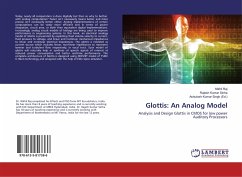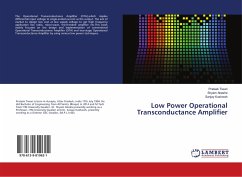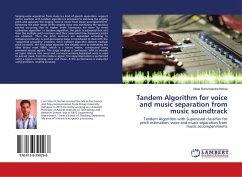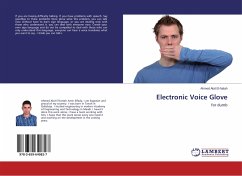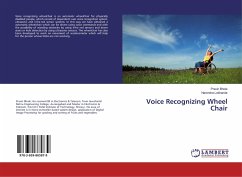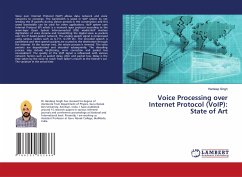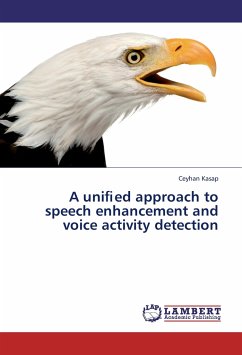Today, nearly all computation is done digitally but then so why to bother with analog computation? Faster isn't necessarily means better and more precise isn't necessarily better either. Analog implementations of certain computations can be vastly more efficient and in terms of power dissipation, circuit area, or both then equivalent digital implementations. Increasingly, analog circuit models of biology are being used to improve performance in engineering systems. In this book, an electrical analogy model of Glottis is presented by exploiting fluid volume velocity to current, fluid pressure to voltage, and linear and nonlinear mechanical impedances to linear and nonlinear electrical impedances. The glottis is modeled as current source which includes linear, non-linear impedances to represent laminar and turbulent flow respectively, in vocal tract. Such model of glottis will naturally help in synthesis of speech signals of interest at reduced power consumption and better real-time performance. The complete architecture of Glottis is designed using MOSFET model of TSMC 0.18um technology and analyzed with the help of Eldo Spice simulator.
Bitte wählen Sie Ihr Anliegen aus.
Rechnungen
Retourenschein anfordern
Bestellstatus
Storno

